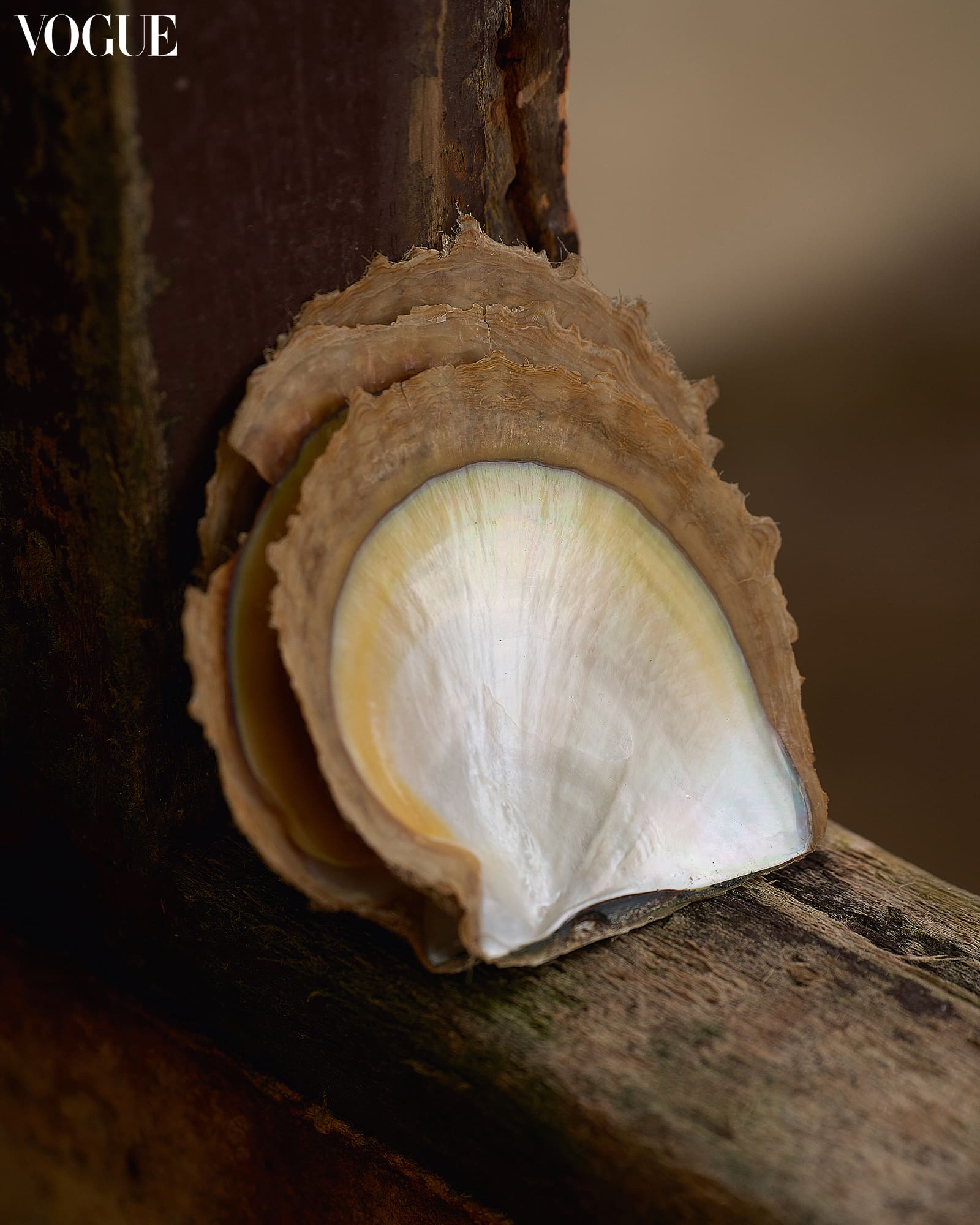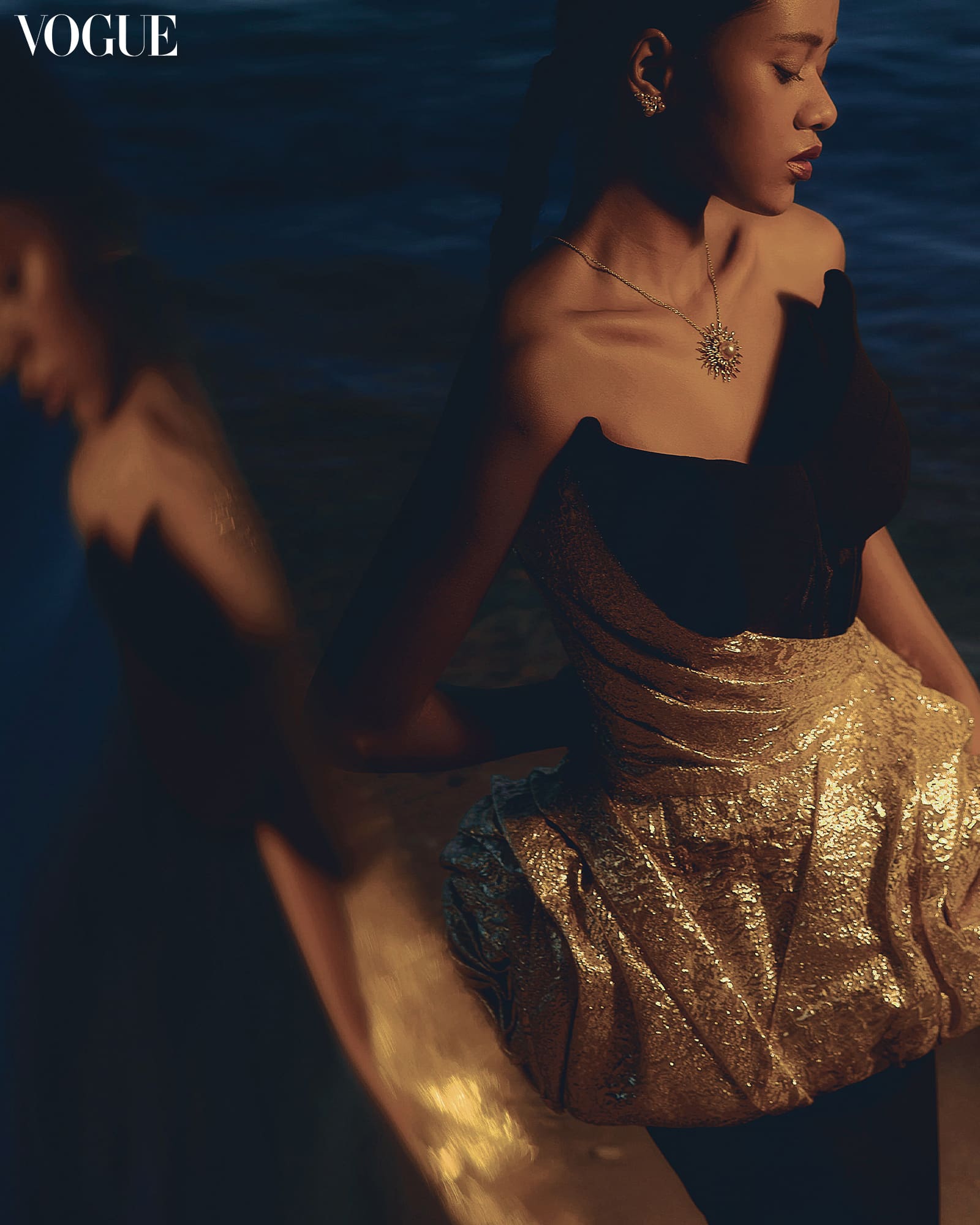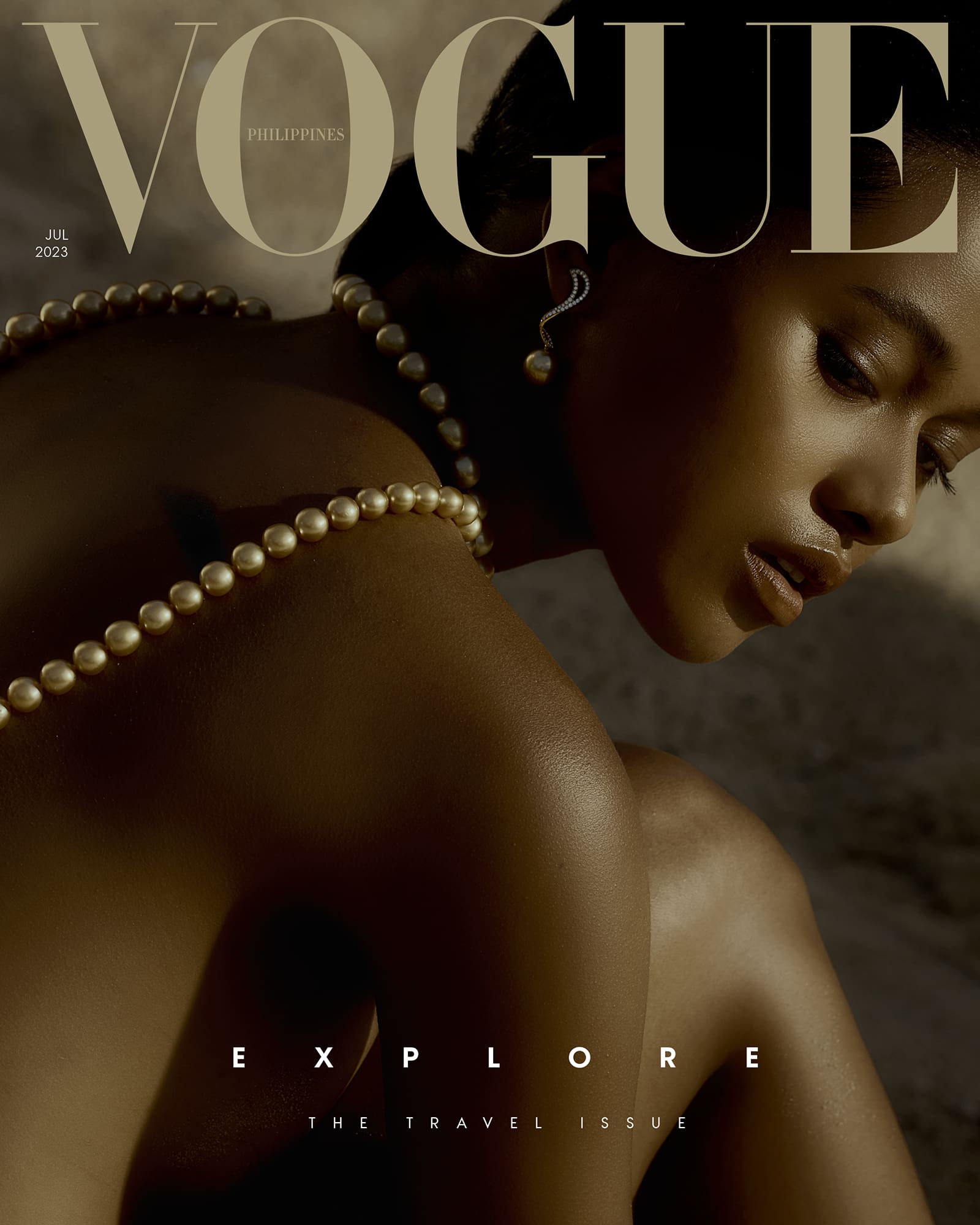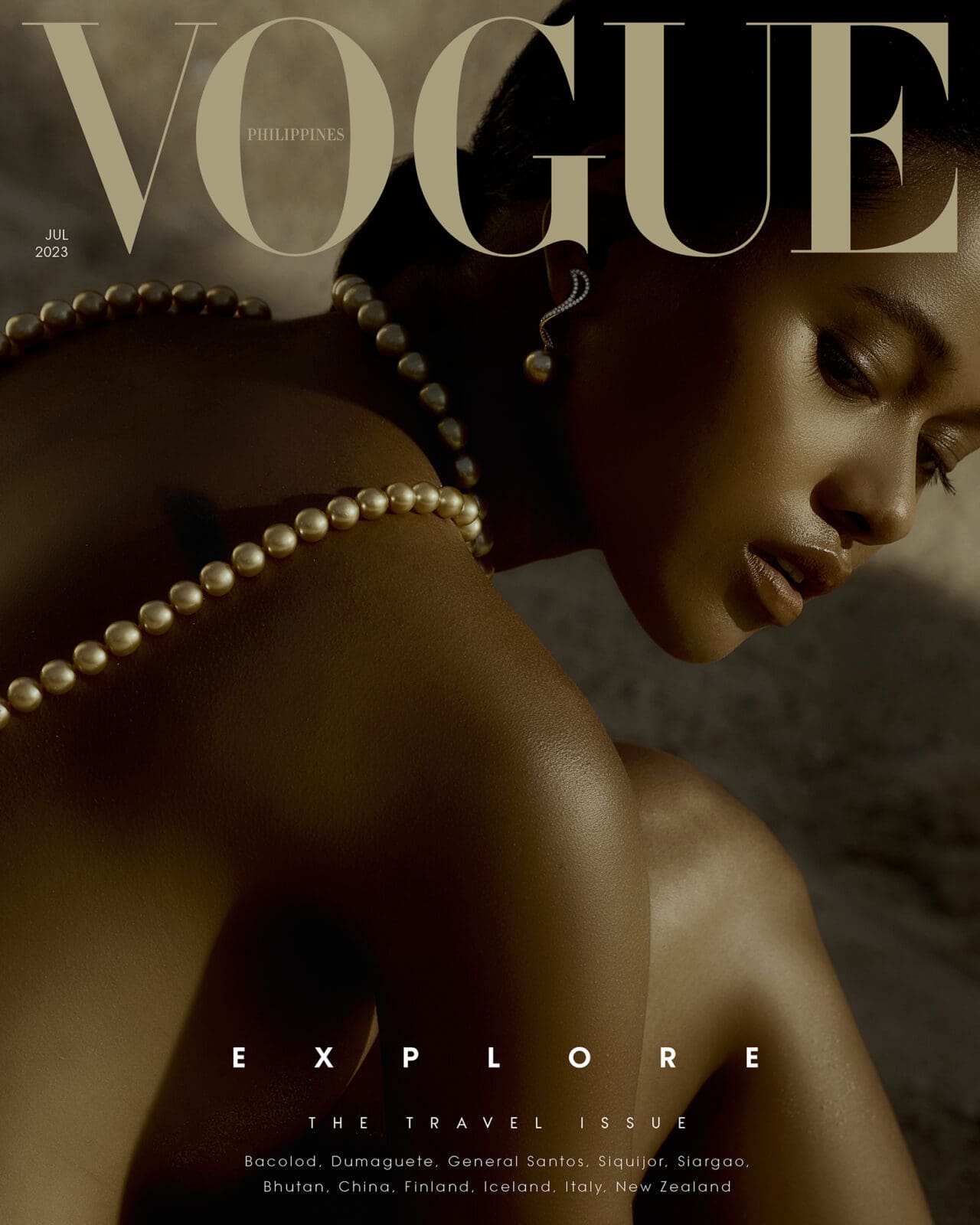In Palawan, Jewelmer’s golden South Sea pearls take five years and a village to birth.
One sweltering afternoon, inside a stilt farmhouse nestled in Palawan’s waters, nine bodies huddle around a table to witness a harvest. “I’m nervous,” a woman mumbles. Tightening her grip on her tools, she inhales, and a succession of quick motions follow.
Then suddenly, something is lifted out of the folds and cradled in her palm. We marvel around it, astonished at this gleaming treasure that took five years to produce. A lustrous gem. A golden South Sea pearl.
“That’s the most exciting part of the job: the harvest,” says one of Jewelmer’s marine biologists, who has worked at the pearl farm for 19 years. “Sometimes, there are biologists that, while cleaning the shells, are singing,” she shares with a smile. “We always remind all of our workers to give TLC, tender love and care, to our oysters.”
Harvesting is the final stage in a sequence of 377 steps, each one carried out with painstaking precision. It comes as no surprise that the woman from earlier, who was one of the brand’s pearl technicians, grew tense.

At Jewelmer, pearls are derived from gold-lipped oysters, scientifically known as Pinctada maxima. Jewelmer discovered this pearl oyster species in the mid-70s, when one of its co-founders, French pearl farmer Jacques Branellec, sailed to the Philippines in search of a suitable location for a pearl farm. Later on, in 1979, he established Jewelmer as a joint venture with Filipino entrepreneur Manuel Cojuangco. At present, the two remain active in Jewelmer’s day-to-day operations and critical strategic decisions.
They’ve always upheld a nature-first approach. Pioneering a non-extractive pearl farming method, their team of marine biologists invested years of research in mastering the process of culturing the Pinctada maxima. After a decade of research, they successfully produced their first batch, and have since contributed to the ocean’s pearl oyster population instead of taking from it. It would take them an additional decade of research before they were able to cultivate pearls in their signature gold.

“So many things can affect whether you will even have a pearl or not,” explains Marion Branellec De Guzman, Jewelmer’s chief marketing officer, and Jacques’ daughter. “So what we always say is that the pearl is the indicator of the health of the environment.”
This nod to the environment is the maison’s principal ethos when it comes to setting the golden gems. Metal and diamond formations inspired by natural curves and movement pay homage to Mother Earth. Their Les Classiques collection features a pair of earrings where pearls and diamonds are embraced by 18-karat gold swirls, mimicking seaside treasures carried by soft waves. Yet even a simple round pendant is befitting a celebration, as only the top two percent of harvested pearls are used in Jewelmer’s creations. The cream of the crop is identified partly based on shape, color, skin purity, size, luster, and orient; a pearl’s core characteristics.
Jewelmer’s creations are where French design and Filipino craftsmanship coalesce. Their Filipino artisans are trained in the traditional jewelry techniques of the École du Louvre, an institution of higher education in Paris.
The national gem has undergone countless interpretations at the hands of the brand’s artisans, but their rarest execution by far is The Palawan Strand. South Sea pearls typically grow to become 10 to 12 mm in size, but all 35 pearls on the Palawan Strand are exceptionally larger at 16 to 18 mm and possess an impeccable surface and round form.

The necklace took 37 years to complete. Marion recalls that when it was shown to their people at the farms, “they were crying when they saw it.” The likelihood of collecting a gem-quality round pearl, sized at 18 mm, is less than once in a year. To see and hold 35 of these gems on a strand is priceless.
While emblematic of Philippine heritage and identity, the Palawan Strand is also a manifestation of the generations that carry out the golden South Sea pearl’s legacy. Marion reminisces about summers spent at the farm, saying, “The spirit hasn’t changed. There is still the same devotion and inspiring energy from those who are still on our farms today. Many of the company’s employees are still the same ones I knew growing up, and their children have also joined the company.”
Long-term care and commitment are at the heart of Jewelmer—they’re what make any and all harvests worth it. Each time a lustrous, sun-kissed pearl is carried out of an oyster, one understands how Jacques perhaps felt when he found what he was searching for in Palawan: awestruck and in a near-hypnotic trance, overcome with a silent reverence for what science can do with what nature provides.
Photographed by Artu Nepomuceno. Fashion Editor: Daryl Chang. Beauty Editor: Joyce Oreña. Makeup: Janell Capuchino. Hair: Mong Amado. Nails: Extraordinail. Model: Aliah Canillas. Producer: Anz Hizon. Photographer’s Assistants: JV Rabano, Sela Gonzales. Stylist’s Assistant: Ticia Almazan. Shot on location at Palawan. Special thanks to Marion Branellec De Guzman of Jewelmer.

